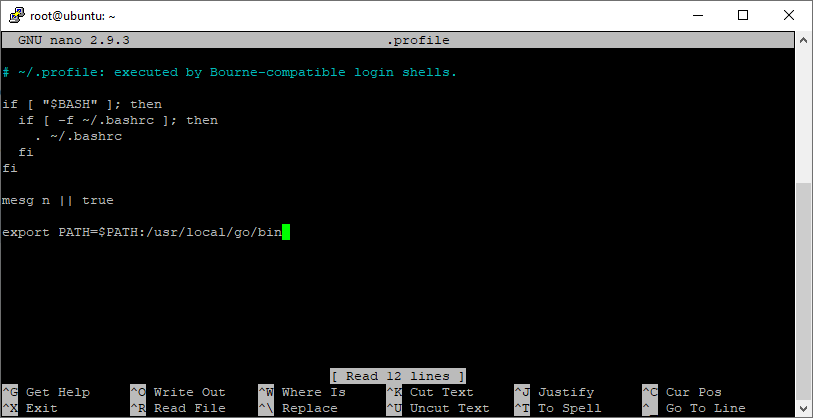Golang-Based Windows Linux December Monerogatlanbleepingcomputer
Those who use Golangbased Windows Linux December Monerogatlanbleepingcomputer to run their crypto mining programs are at risk of getting infected with a Cryptocurrency mining worm. Symptoms include a slowing down of computer performance, a re-installation of windows, and the installation of malware. The worm is typically used to generate a large amount of Monero, a cryptocurrency.
Also Read: profile china 900b wechat 259bstreetjournal
Cryptocurrency mining worm
Despite the widespread publicity surrounding Stuxnet, there is still a lot of malware targeting Linux platforms. It seems that more threat actors are using the Golang programming language in their malware arsenal. Intezer experts have recently uncovered a new Golang-based worm that targets Linux and Windows servers.
The worm uses two main techniques to spread. It leverages the old credential spraying technique and it also exploits a known vulnerability.
The worm also uses defense-evasion tactics. It combines three files – a shell script, a dropper script, and a crypto-mining algorithm. It also uses a mutex to restrict access to a resource in an environment with many threads.
The XMRig is a crypto-mining worm written in Golang that leverages two existing vulnerabilities. One of the major advantages of the worm is that it speeds up the mining process by about 15%. It also has a very cool effect on your CPU, disabling prefetching hardware.
The new Golang-based worm is part of a trend in malware targeting multiple platforms. According to security researchers, more malware will be hitting the Linux platform in the near future.
Miners for the cryptocurrency monero
Several research groups have recently discovered a new crypto mining worm that is written in Golang. This new worm targets vulnerable servers and turns them into Monero miners.
The Golang worm targets both Windows and Linux machines. It then attempts to inject XMRig malware to mine Monero. The worm has been dropping XMRig crypto miners on vulnerable servers since early December.
The worm also attempts to exploit an Oracle WebLogic vulnerability. Intezer researchers have already discovered a new crypto-mining malware that uses this vulnerability. They have also identified a C2 server that has been actively maintained.
Monero is a privacy-focused digital currency that was launched in 2014. It was designed to provide an anonymous and secure option. Unlike most other cryptocurrencies, Monero has advanced anonymity by default. Its community of developers is dedicated to providing the best security and privacy possible.
Monero has a total limit of 18.4 million coins. A block is mined every two minutes. Each block is given a reward of XMR tokens, which adds to the supply of new coins.
Malicious software
Using a Golang-based binary worm, the latest Cryptominer malware is mining Monero. It can also be used for credential spraying and brute force attacks. It uses a hardcoded dictionary of weak credentials.
The worm’s other major feature is its ability to launch DDoS attacks. It is also capable of remote shell commands. It can ensnare a wide variety of hosts. The worm uses three files to accomplish this feat. It is not the only Go-based malware to make the grade.
Go has made it easy for malware developers to create multiple platforms for their code. As a result, the number of Go-based malware strains has increased by 2,000% since last year. Besides targeting Linux and Windows, some of the most successful Go-based strains target IoT devices, such as surveillance cameras.
The latest Golangbased Windows Linux December Monerogatlanbleepingcomputer worm has been active since early December. Among other things, it is responsible for installing an XMRig miner on servers. It also has been active in scanning systems for vulnerabilities. Detecting the Go-based worm has not been easy. Virus analysis platforms have not yet flagged it, and antiviruses are not equipped to deal with large files.
